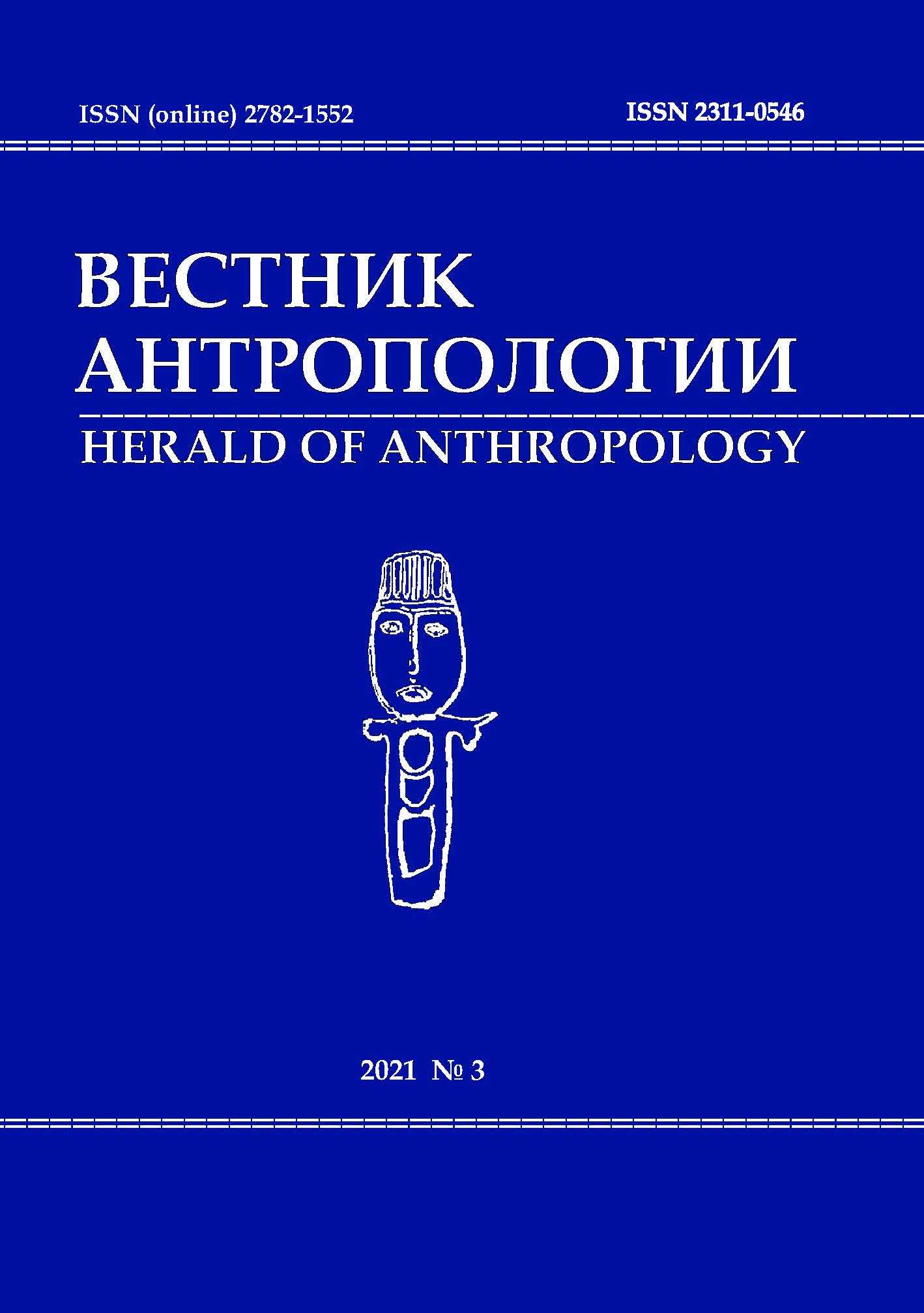KARAKALPAK HOSTELRY SHARBAK
DOI: 10.33876/2311-0546/2021-3/287-293
Keywords:
Karakalpaks, bazaar, trade, sharbak, hostelry, inn, goodsAbstract
The development of economic ties entailed arranging special establishments for traders and travelers, with premises for beasts of burden. This resulted in the construction of hostelries. The Karakalpaks called them sharbak. There were two types of sharbaks: located within the city near the bazaar, intended for a short stay, and installed at the entrance of the city for the long-term visitors. Travelers from far away preferred the second type. Guests of the first type of hostelries usually stayed there just to unload the goods and sell them at the bazaar during the day. The sharbaks not only provided shelter, recreation, and accommodation of goods and animals, but also served as a place for communication and news exchange. On market days, residents from all over the area flocked there to find out the latest news. For the older generation, sharbak was a place of leisure. The hostelry played an important role in the social life of the Karakalpaks, which is evidenced by their large number. By the middle of the 20th century, the sharbak began to lose its significance due to the development of urban infrastructure and modern hotels
For Citation: Akimniyazova, G.A. 2021. Karakalpak Hostelry Sharbak. Herald of Anthropology (Vestnik Antropologii) 3: 287–293.





















